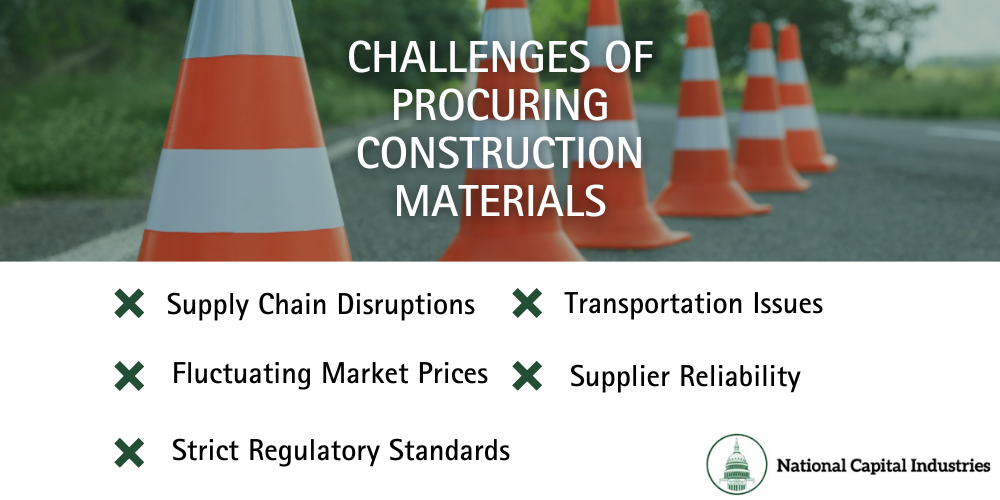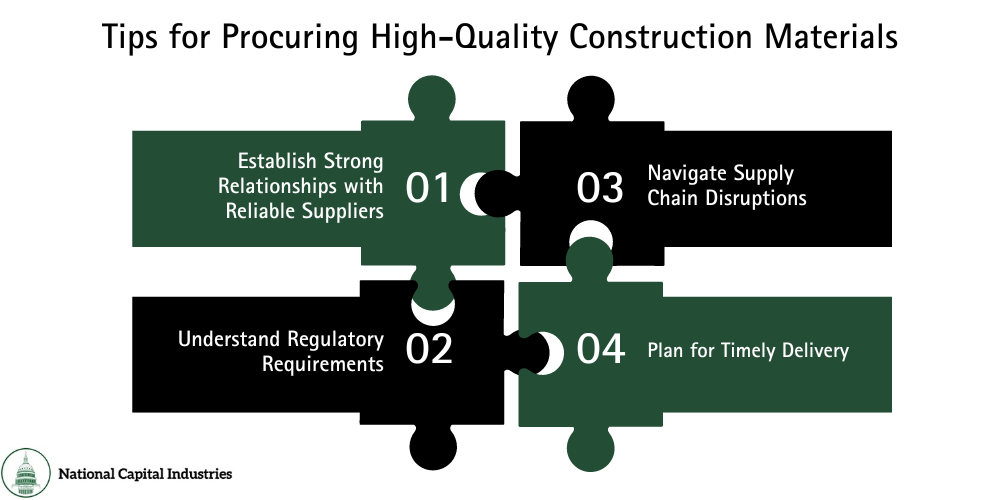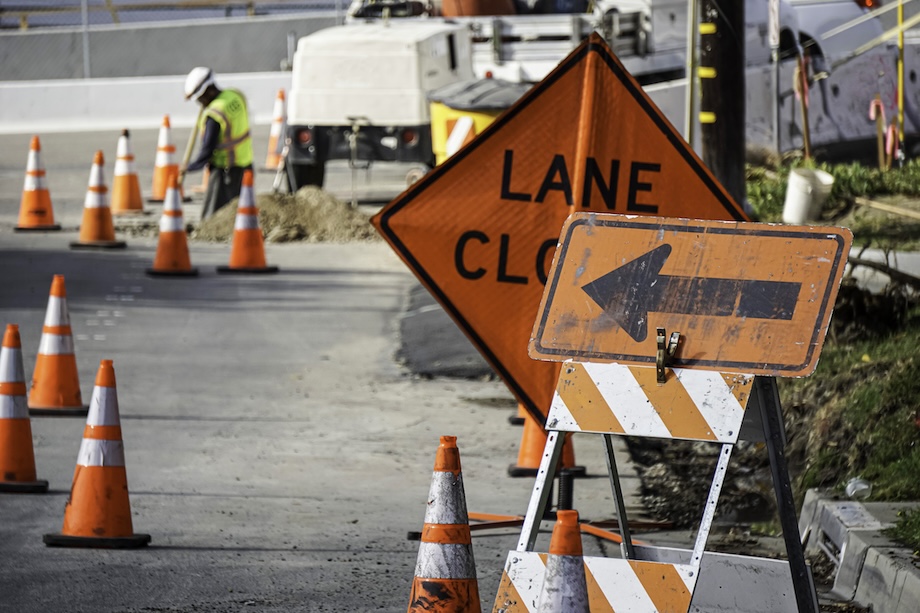The selection of appropriate, high-quality construction materials, or “specs” as they’re often referred to in the construction industry, is instrumental in ensuring the success of your projects. This is particularly critical when aligning with stringent guidelines and protocols set out by the Department of Transportation (DOT) for specific goods, making procurement a fundamental component in the management of an effective project.
Selecting materials is no small task. It’s a process that has a substantial impact on different aspects of the project, including timelines, budget considerations, and crucially, safety and quality control. The construction project itself may vary greatly in size and complexity—from large residential buildings and real estate developments to industrial projects or public infrastructures. Regardless of scale, one truth remains constant: All construction projects thrive on the careful and strategic procurement of high-quality materials.
Understanding the procurement process, right from mapping out supply chain management strategies to engaging with reliable suppliers, it’s clear that high-quality construction material procurement is not just an option, but a prerequisite for the success of any construction project.

Procurement in the construction industry is far from ordinary shopping. In the United States, this systematic commercial process plays a critical role in shaping the outcome of a construction project, involving numerous intricate steps along the way.
At its core, this process involves:
Each step is essential, and interrelated to achieving the common goal of efficient and effective construction management.
This is where the procurement team serves its pivotal role within a construction company. The procurement manager ensures that all steps run harmoniously. Evaluating the quality of raw materials, monitoring supply chain disruptions, ensuring cost efficiency, and meeting regulatory requirements— procurement managers must be organized and prepared.
Well-organized supply chain management strategies should be woven into the procurement framework, providing a structural backbone that aids in smoothing hiccups in the procurement road.
While it may seem daunting, once understood and implemented, a well-oiled procurement process helps deliver optimized solutions with high-quality construction materials at the core of the action, ensuring the foundation of a reliable construction project.

While the process is all about ensuring timely delivery, cost efficiency, and a smooth construction process, certain unavoidable challenges may arise when procuring high-quality construction materials.
A few variables that can cause delays and other issues include:
Despite these potential challenges, the benefits of procuring high-quality materials are as clear as the skyline from an unfinished high-rise.
Ensuring the procurement process focuses on high-quality materials is crucial as it directly affects both the building process and the final product. For instance, the quality of raw materials can significantly impact labor costs as well as safety—high-quality materials ensure that you deal with less waste, fewer defaults, and more safety.
The right choice of building materials improves aesthetic appeal and ensures that you adhere to stringent regulatory requirements from federal agencies and local governments. This marks a significant stride towards fulfilling the specific architectural vision anticipated by real estate developers or contractors while maintaining environmental standards.

Now that we’ve thrown some light on the procurement process and its potential challenges and benefits, it’s time to explore some practical strategies for sealing the deal on high-quality construction materials:
A dependable supplier can be your strongest ally in the procurement process. They can help with:
It’s not just about procuring materials; it’s about procuring the right materials. The project you’re responsible for is bound by a unique set of regulatory requirements that vary between states.
A well-knit strategy to steer clear of supply chain roadblocks can make a world of difference in your construction project timeline.
While the quality of materials is incredibly important, so is the timing! Ensuring a steady flow of materials is pivotal to keeping your construction project moving.
Considering sustainable materials reduces the carbon footprint associated with construction.

National Capital Industries is your trusted partner in material procurement. Having established a firm footprint in the construction industry, we cater to the needs of contractors across a variety of sectors, with locations in Washington D.C., Baltimore, Northern Virginia, and Delaware.
With over six decades of experience, we’ve built more than just strong structures; we’ve built strong relationships, transforming the raw blueprint of your project into a reality. At National Capital Industries, we have an emphasis on quality control, meeting and often exceeding federal, and local government requirements – all while ensuring cost efficiency.
We provide you with expert advice, timely solutions, and unwavering support. Whether it’s acquiring state-approved traffic safety signs or sourcing top-notch specs for your build, we’re committed to delivering exceptional quality and service.
Furthermore, we offer an expansive range of materials – from safety products to construction materials, tools, rentals, and even hard-to-find items. If you don’t see exactly what you’re looking for on our site, our team is happy to see if we can find it for you from one of our top-of-the-line manufacturers!
With expert support from NatCap, you’re ready to succeed in construction, one high-quality material at a time.
Ready to get the very best for your construction site? Get started by shopping our products or contacting our team today!